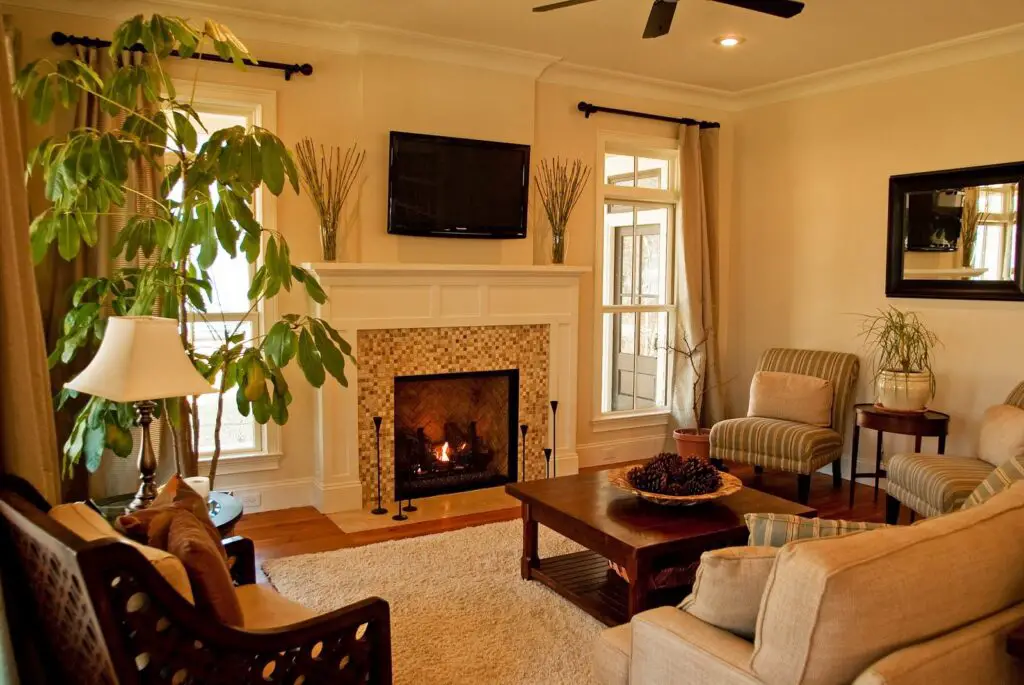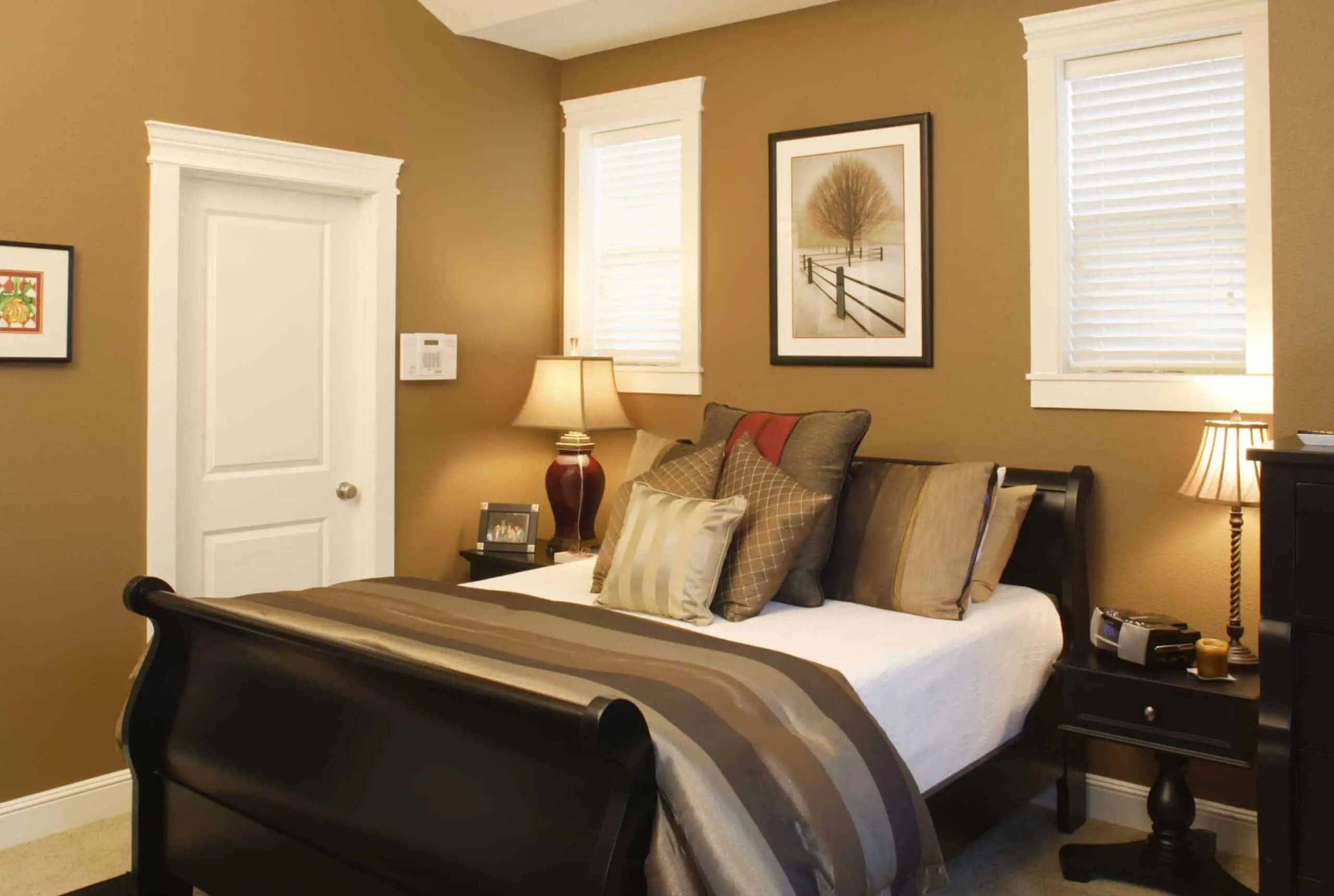How Many Coats Of Paint For Interior Walls
Introduction
How Many Coats Of Paint For Interior Walls: The number of coats needed for interior walls depends on several factors, including the type of paint being used, the color you’re covering, the condition of the existing surface, and the overall desired finish. Generally, a room’s walls are initially primed before applying paint.
While it might be tempting to skip additional coats to save time and money, applying the appropriate number of coats is essential for achieving a professional-looking and long-lasting result. Inadequate coverage can lead to an uneven finish, visible streaks, or an overall lack of vibrancy. Therefore, it’s advisable to consider the investment in terms of both time and resources required to attain the best outcome.
The number of coats of paint needed for interior walls varies based on factors like the Interior paint type, color choices, and surface conditions. Taking the time to properly assess these factors and apply the recommended number of coats will undoubtedly contribute to a visually pleasing, durable, and appealing interior space that you can enjoy for years to come.

Is 3 coats of paint better than 2?
A good rule of thumb is to use two coats of paint and a primer and undercoat. You might need to add one more coat if you follow this rule, but it won’t hurt the end result. This general rule of thumb will rarely lead to doing too few clothes, which is why it is often given as advice.
When working with dark or bright colors, adding three coats can make the finish smoother and more even. Adding this extra layer helps hide any flaws or patches, giving you a more professional look. The extra coat can also make the paint last longer and be less likely to chip or crack, so the finish will last for a long time.
Three clothes, on the other hand, can take too long, cost too much, or be unnecessary in some situations. It might only take two coats of good paint if the surface is in good shape and the paint is of good quality. Also, using too much paint can make the layer too thick, which can cause the paint to dry unevenly, crack, or peel.
Do interior walls need two coats of paint?
Another question we get asked a lot from DIY painters and other contractors is, “how many coats of paint do I need when painting the interior or exterior of a home. The general rule is that you should use two coats of paint.
Applying two coats of paint to interior walls is a common practice that offers a balance between efficiency and quality. While some situations may require only one coat, using two coats generally ensures a more satisfactory and consistent finish.
The first coat serves as a base layer, helping to cover the existing color or surface imperfections. It also provides a foundation for the second coat to adhere better and achieve a more even color distribution. A second coat enhances the color richness and depth, creating a more vibrant and professional-looking result. Additionally, it can help to mask any remaining imperfections and ensure a uniform appearance.
Ultimately, the choice depends on the desired outcome and the quality standards you aim to achieve. Applying two coats of paint on interior walls is a standard recommendation that generally leads to a more satisfactory and visually pleasing finish.
How long to wait between coats of interior wall paint?
After your first coat of paint is dry, it’s safe to recoat typically after four to six hours. A good rule of thumb is to wait at least three hours to recoat your paint or primer if it’s water-based. Waiting 24 hours is best for oil-based paint and primer.
The waiting time between coats of interior wall paint is crucial to achieving a smooth, durable finish. In general, it’s recommended to wait at least 2 to 4 hours before applying the second coat, but this can vary based on factors such as humidity, temperature, and the type of paint being used.
Allowing adequate drying time between coats ensures that the first coat has properly adhered and dried, preventing issues like streaking, lifting, or uneven texture. High humidity or cooler temperatures can prolong drying times, necessitating a longer wait before proceeding with the next coat. Conversely, low humidity and warmer temperatures can expedite drying.
How many coats of paint needed for interior walls?
Typically, interior walls only need two coats of paint: a first coat and a finish coat. However, dark paint colors may require an additional application to ensure an even finish.
The first coat serves as a base layer, covering any previous color and providing a foundation for the second coat. It helps mask minor imperfections and creates an even canvas. The second coat enhances color richness and depth, ensuring a more vibrant and professional appearance. Darker colors, drastic color changes, or low-quality paints might require additional coats to achieve full coverage and intensity.
While two coats are standard, certain scenarios may warrant more. Extremely light or vibrant colors may benefit from a third coat to ensure uniform coverage. It’s important to consider the specific paint’s coverage capabilities, the wall’s condition, and personal preferences. Always refer to the paint manufacturer’s guidelines for the most accurate recommendation.
In summary, two coats of paint are generally sufficient for most interior walls, striking a balance between coverage, color depth, and efficiency. Adjust the number of coats based on the factors mentioned to achieve the desired aesthetic and quality level.
What is the recommended number of coats of paint for achieving optimal coverage on interior walls?
Interior walls should have two to three coats of paint for optimal coverage. Two coats are usually enough, although a third may be necessary in some cases.
The first coat hides wall color and small defects and sets the stage for following coats. The second layer boosts color vibrancy and evens dispersion for a finished look. This two-coat method frequently yields the required finish.
Conditions may demand a third coat. Dark or vibrant colors, sudden color shifts, or low-quality paints may require additional layers due to uneven coverage or color inconsistency. A third coat can help disguise an old wall color that is considerably different from the new paint hue.
Project and desired result determine the appropriate amount of coatings. Color greatly affects the amount of coats needed for interior wall painting. To conceal lighter colors, two applications are usually enough. They hide faults better due to their higher reflectivity.
Darker, more powerful hues require three or more applications because to their reduced opacity. Dark colors might be difficult to distribute evenly in two coats, resulting in streaks or variances. Multiple coats offer a uniform finish and appropriate color depth.
Changes in color from light to dark or vice versa also affect coat count. Changing from dark to light may require multiple coats to hide the underlying color. To avoid undertones and achieve complete color saturation, switching from light to dark may take more applications.
The amount of coatings depends on the paint hue. Understanding the color’s qualities and compatibility with the existing wall color will assist estimate the number of coats needed for a perfect and brilliant interior wall finish.
In what scenarios might it be advisable to apply more than the standard two coats of paint on interior walls?
Applying more than the standard two coats of paint on interior walls is advisable in specific scenarios where achieving optimal coverage, color depth, and uniformity is paramount. Dark or intense colors, especially when transitioning from a lighter shade, often benefit from an additional coat or more. These colors have lower opacity, making it challenging to achieve consistent coverage and depth in just two coats. Extra coats ensure a rich, even color distribution, preventing streaks or color variations.
Could you elaborate on how the existing wall color impacts the decision regarding the number of coats required for a paint job?
The existing wall color significantly influences the decision regarding the number of coats required for a paint job. When transitioning from a lighter to a darker color, or vice versa, the existing color can impact coverage and color depth. Going from a dark to a light color may require more coats to prevent the underlying color from showing through, ensuring a true representation of the new color.
Additionally, the current wall condition plays a role. Walls with bold or vibrant colors might require extra coats when transitioning to lighter, subtler tones to eliminate any residual undertones. Conversely, when changing from a strong hue to a similarly intense color, fewer coats may be needed.

Conclusion
In the realm of interior design, the power of paint to rejuvenate and redefine a space is unmatched. The question of how many coats of paint are required for interior walls encapsulates both an art and a science. Balancing factors like paint type, color transition, and surface conditions, the right number of coats is pivotal to achieving a flawless finish.
In essence, the journey toward the perfect number of coats involves more than a mere application of paint; it is an investment in the ambiance and aesthetics of your living spaces. Cutting corners by skimping on coats can compromise the visual appeal and durability of the result. Striving for excellence demands patience and dedication to the process, ensuring each layer interacts harmoniously with the next.
The ultimate goal of interior painting wall extends beyond simple aesthetics. It involves creating an environment that exudes harmony and comfort, with walls that stand as testaments to meticulous craftsmanship. Therefore, settling for less than the recommended number of coats would be selling the potential of your space short.
The transformative magic of paint lies not only in its color but also in the layers that compose it. By adhering to the guidelines and considering the nuances of your specific project, you can elevate your interior walls from mundane surfaces to stunning canvases that enrich your daily living experience.








